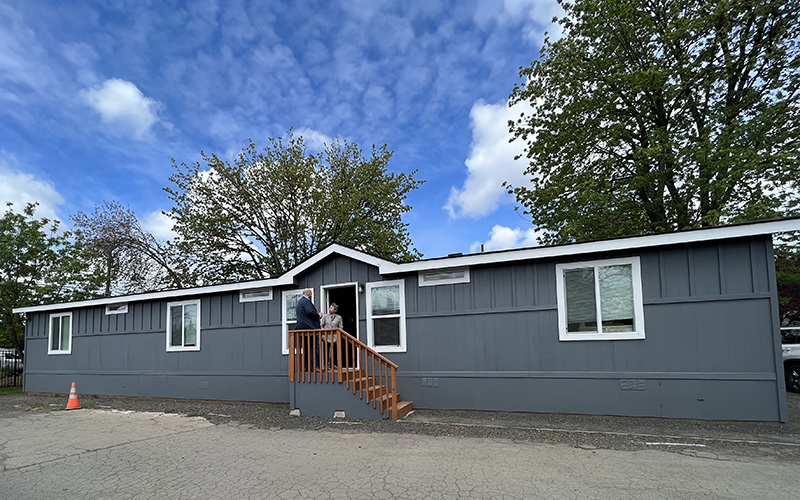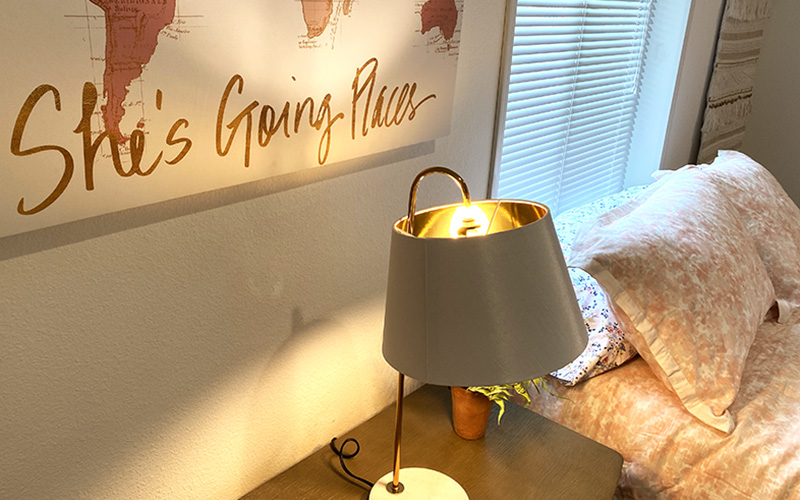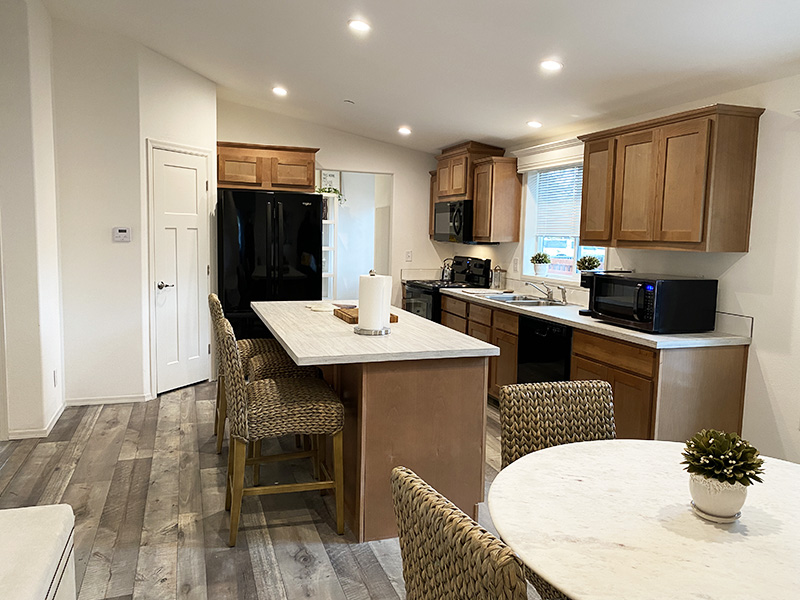
The Phoenix House is located at St. Vincent de Paul’s Hub Campus, 717 Hwy. 99. The new sober-living house serves unsheltered women coming out of addiction treatment.
Like the mythical bird that inspired its name, The Phoenix House will represent renewal and restoration — providing a place where unsheltered women, striving to sustain sobriety, can find peace and stability as they ascend from the ashes of addiction.
A new sober-living house for women 18 and older who are completing addiction treatment and lacking permanent housing, The Phoenix House is a program of St. Vincent de Paul Society of Lane County located at SVdP’s Hub Campus, 717 Hwy. 99 N. Directly across the driveway from the new home is The Hub, a clinic that provides basic medical, mental-health and addiction recovery services for the unhoused population.
“I really see a need for this for women, especially unsheltered women who are coming out of treatment,” says Roxann O’Brien, SVdP’s Director of Homeless & Emergency Services. “Because where do they go from there, other than the streets? For some this is their first time starting a journey to sobriety, for some their fifth time, but it’s all about getting back on track, moving forward on their sobriety, and getting into permanent housing.”
The Phoenix House’s first eight residents, chosen after interviews with about 20 applicants referred by addiction treatment provider Willamette Family Inc., will move in starting May 1. Willamette Family, which also operates The Hub clinic in partnership with SVdP, will provide case-management and housing navigation assistance, and an onsite house manager employed by SVdP will provide daily support for residents.
“The Phoenix House, SVdP’s newest addition to our community, provides much-needed supported housing for women completing residential treatment,” says Willamette Family Inc. Executive Director Eva Williams. “This resource bridges the gap between treatment and permanent housing and allows women to engage in their personalized addiction recovery plan.”

Bedrooms in The Phoenix House feature inspiring artwork and coordinating decor to greet the sober-living home’s first residents.
Occupants will pay monthly rent of $300 to live in The Phoenix House. It will operate as a hybrid of the widespread Oxford House model, in which a small group gathered around a common purpose — often addiction recovery — live together in a self-supporting community with an agreed-upon set of rules.
Residents will arrive to suites filled with coordinated linens and décor, inspiring artwork on the walls, and common spaces outfitted with quality new furniture and housewares. Much of it was sourced through St. Vinnie’s resale relationships with name-brand retailers.
“We have candidates in their 60s all the way down to 21, and most every one of them have never had a nice place to live, have never had a matching bed set or coordinated towels,” O’Brien says. “We wanted them to feel special here, to know that somebody cared.”
New model for modular affordable housing
The Phoenix House will not only provide needed housing to an underserved local population of unsheltered women, but the building itself will highlight the potential for multi-unit modular apartments to become a cost-effective future source of affordable housing.
The 1,890-square-foot doublewide floor plan includes five bedrooms, each with its own bathroom; the pairing of two residents per room will help foster the personal accountability central to most recovery programs. Shared spaces include an open kitchen and dining room, pantry, living room, and laundry room with washer and dryer.

The home has five bedrooms with their own bathrooms, and common spaces including the kitchen and dining area.
“There may be something out there like it, but I’ve never seen anything else like it,” says SVdP Executive Director Terry McDonald in describing this so-called “quint” configuration of five apartments under one roof in a factory-built modular unit.
McDonald has overseen many innovative housing projects in his 50 years with SVdP. Under his leadership, the nonprofit has developed more than 1,600 units of affordable housing. And thanks to a $15 million allocation from the State of Oregon, part of a $400 million affordable-housing spending package approved in 2022, an SVdP-aligned partnership is now forming a nonprofit manufacturer of mobile homes to boost capacity and cut costs.
McDonald says the new enterprise will first ramp up production of traditional 2-bed/1-bath and 3-bed/2-bath floorplans. The intent is to satisfy pent-up and growing demand from low-income buyers, including thousands whose homes burned in Oregon’s disastrous 2020 wildfires.
The next step, he says, would be to start production of multi-bedroom, multi-bath “quint” or “quad” units to serve programs providing transitional housing for unsheltered people throughout the state. “It would be largely based on what you see in this particular unit here,” he says, referring to the modular apartments now known as The Phoenix House.
Inspired by large donation, evolving needs
In 2020, a local couple told McDonald that they wanted to direct a $100,000 donation to SVdP for a project that would get more unsheltered people housed. A pressing need at the time was for a new form of transitional housing that would give occupants at Dawn to Dawn, SVdP’s adjacent congregate tent shelter, an attractive step up on their way to permanent stable housing.
Thanks to the first and then a second matching private donation, SVdP was able to order the custom-designed quint unit. But the arrival of the COVID-19 pandemic would both delay delivery of the completed building and ultimately change how SVdP would put it to use. It took more than a year for delivery of the finished unit, and by that time, federal COVID response funds had enabled SVdP to employ dozens of personal-sized Pallet shelters as transitional housing.
“What became apparent was that we should look for a program-enriched transitional program, where there would be services associated with this new unit,” McDonald explains.
After consultation with Willamette Family and other partners, SVdP staff recognized the need for a residential program dedicated to one gender coming out of addiction treatment.
“And when it came down to the time that we were taking applications, it turned out that it was a pretty good idea,” McDonald says. “There’s a lot of excitement around this.”
